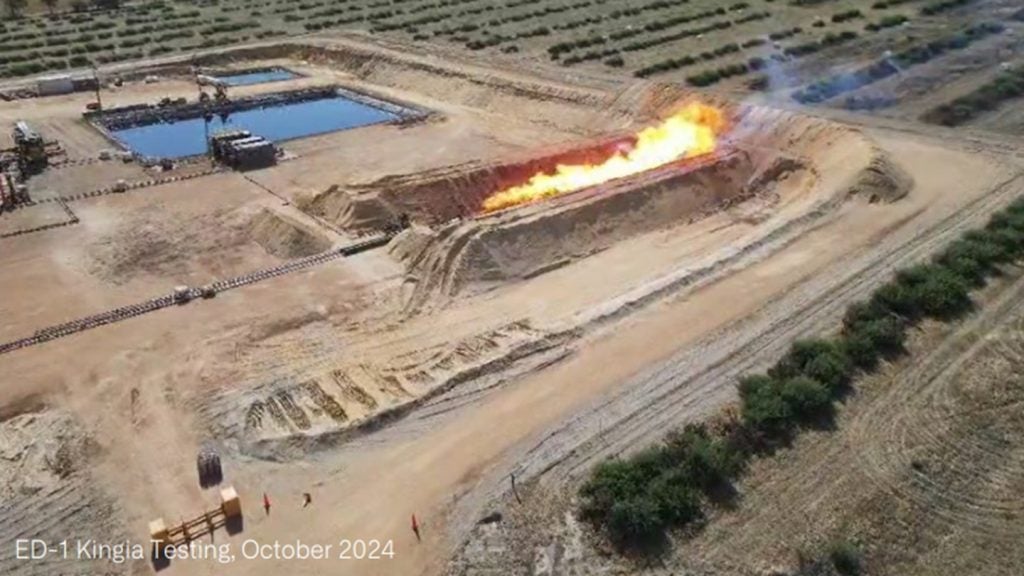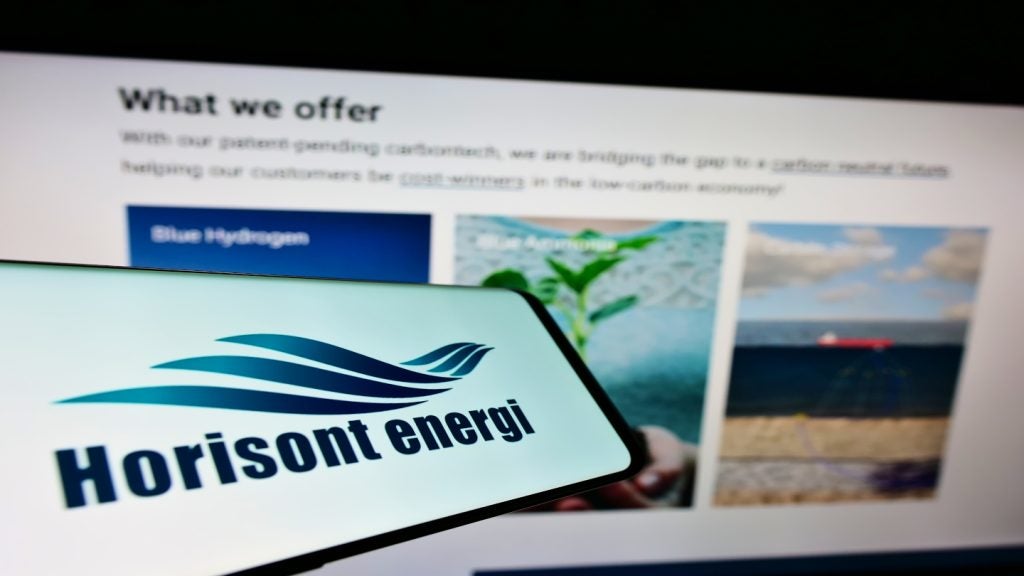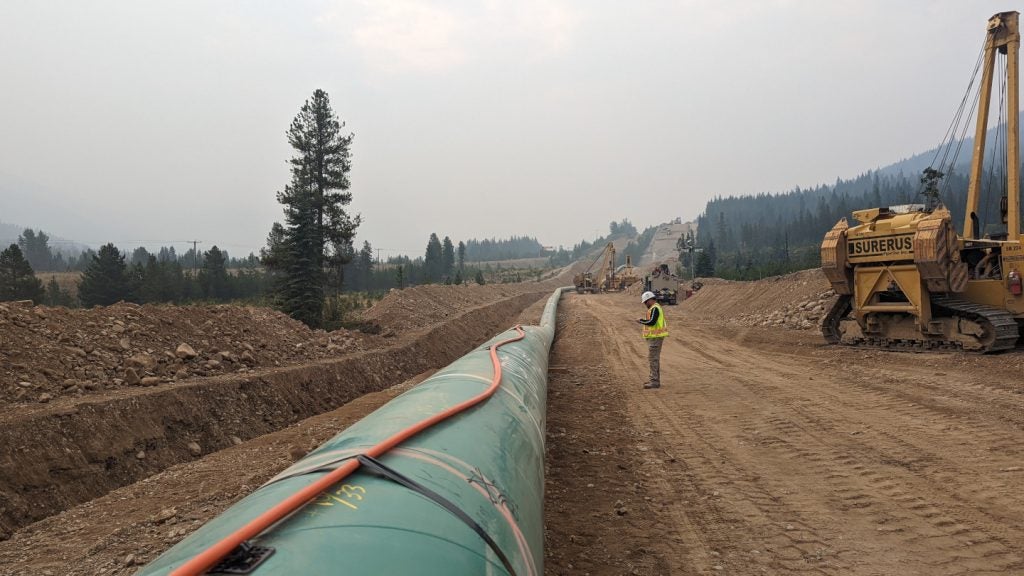Oil prices are poised to post their biggest quarterly rise since 2009 in the first quarter of 2019 amid continuing support from supply cuts and US sanctions against Iran and Venezuela.
US West Texas Intermediate (WTI) futures rose 36 cents to trade at $59.34 a barrel while benchmark Brent futures increased 24 cent to reach $68.06, reported Reuters.
WTI futures are on track to rise for a fourth straight week and to register gains of 30% in the first quarter of 2019. Brent futures are expected to post weekly gains of more than 1.5% for the week ending 29 March. The benchmark is expected to rise by more than 25% in Q1. Both futures contracts gained about 40% in the second quarter of 2009.
Ongoing production cutbacks from the Organization of the Petroleum Exporting Countries (OPEC) and non-affiliated countries including Russia have provided support to crude oil prices for much of 2019, with the producer cartel committing to withholding around 1.2 million barrels per day (Mbpd) of supply.
Saxo Bank commodity strategy head Ole Hansen was quoted by Reuters as saying: “Production cuts from the OPEC+ group of producers have been the main reason for the dramatic recovery since the 38% price slump seen during the final quarter of last year.”
Forecast for markets improved with Barclays bank stating that oil prices “are likely to move still higher in Q2 and average $73 per barrel ($65 WTI), and $70 for the year.”
How well do you really know your competitors?
Access the most comprehensive Company Profiles on the market, powered by GlobalData. Save hours of research. Gain competitive edge.

Thank you!
Your download email will arrive shortly
Not ready to buy yet? Download a free sample
We are confident about the unique quality of our Company Profiles. However, we want you to make the most beneficial decision for your business, so we offer a free sample that you can download by submitting the below form
By GlobalDataOPEC members and non-affiliated allies are set to meet in June 2019 to discuss further policy regarding whether to continue implementing supply cuts.
Saudi Arabia is pushing for withholding production for the full year. Russia is seen to be less keen on backing Saudi Arabia’s call to continue supply cuts. The country favours holding back supply only until September 2019.







